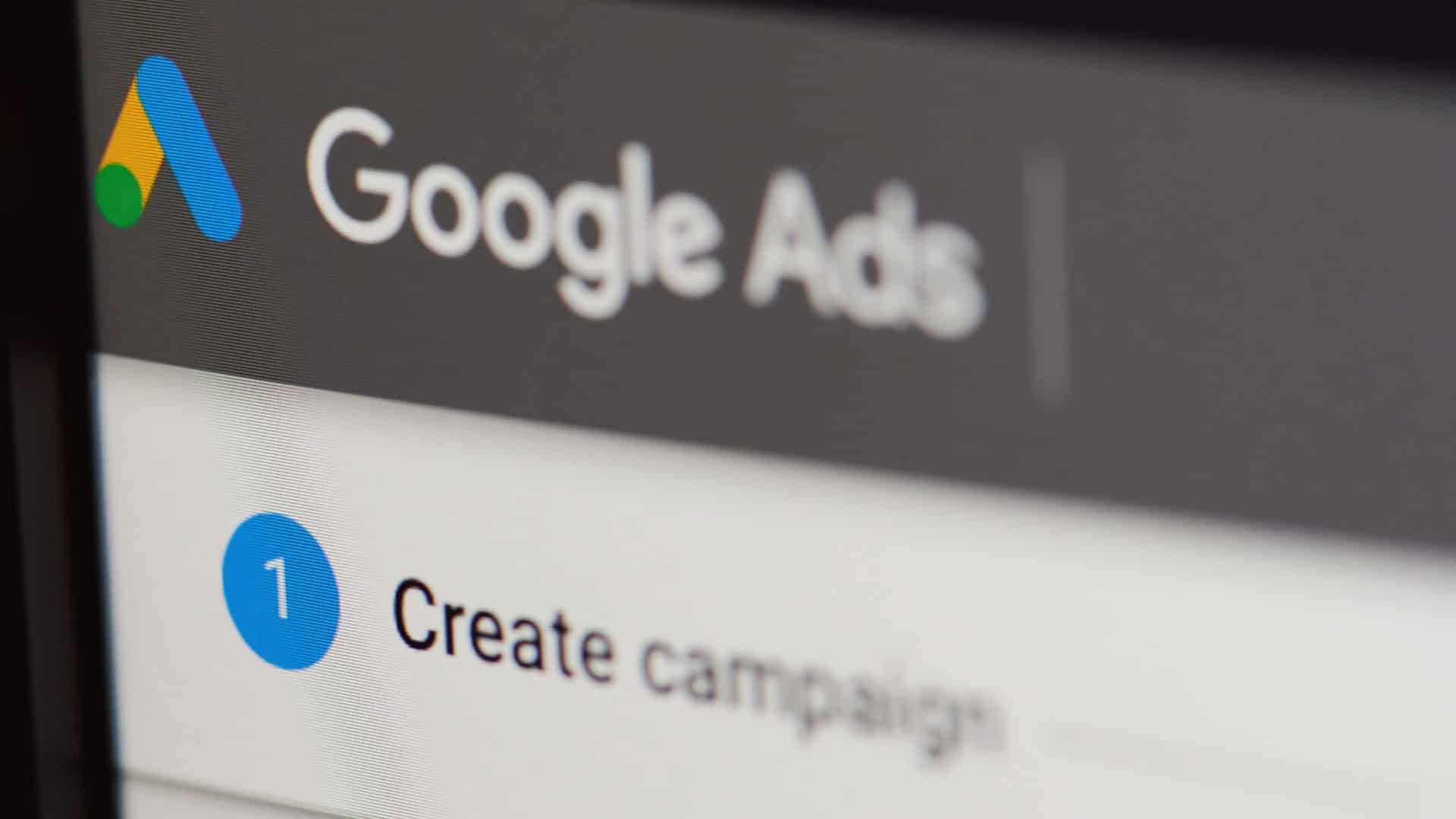Why Blogging Is the Most Powerful B2B Marketing Asset
Long before Facebook and even years before Google, we had blogs. The first blog post was created in 1994.
Fast forward to today—more than 25 years after the first blog entered the scene—and blogs are still a central part of the modern web experience. Blogs are especially prevalent in the B2B space, with 89% of marketing teams using blogs to share content as of 2020.
This history begs the questions: In a world where technology changes at the drop of a hat, why do blogs have such staying power, especially for B2B marketers? And how can you capitalize on the power of blogging?
Discover 11 reasons blogging is one of the most powerful B2B marketing assets—and get some tips for putting each of these reasons to work for your company—below.
1. Blog Marketing Is Relatively Cost-Effective

Creating a blog post can be extremely cost-effective depending on how you go about it. You can have someone in-house do the research and write the post, which costs you a bit of time. It’s also possible to outsource blog creation to agencies or freelancers, and you can pay anywhere from pennies per word to dollars per word depending on the type of post you’re looking for.
As far as publishing the post, if you already have a website, you can add blog post pages to it without significantly increasing costs (or increasing them at all, in many cases).
The most effective blog posts are often evergreen. That means they aren’t time-sensitive, and the information can continue serving potential clients for months or years. While you might have to update them slightly every year or two, especially if they contain facts or stats that could evolve over time, you can use the meat of the content for marketing purposes for a long time. That increases the ROI no matter what you pay for your blog posts and can result in a low cost of acquisition for this type of marketing.
2. Blogging Improves the SEO Performance of Your Website

Blog posts do more than provide information to readers. They’re an ideal vehicle for search engine optimization. Every post you publish should:
- Include some keywords people are using to search for information related to your products or services.
- Address specific searcher intent. For example, if the keywords you’re targeting are “cost of copy machine replacement,” “copy machine replacement versus repair,” and “copy machine service in Miami,” the searcher is likely trying to figure out whether they should replace or repair a business copy machine in the Miami area. Your content should be highly relevant to that intent and include helpful information about what drives costs and when a replacement is preferred over a repair.
- Answer some common questions people might have related to the search. Search the keywords yourself in Google and you can see “people often ask questions” to help guide your content.
- Include internal links to other relevant pages on your site.
- Include external links to authority pages that back up facts or stats in your content.
All of these actions do double duty. First, they help increase SEO performance for every blog post and your website as a whole. Second, they help build trust with your potential client by demonstrating your authority and expertise in the niche.
3. Blogs Let You Provide Relevant, Up-to-date Information

Businesses that blog consistently generate 67% more leads each month compared to competitors that don’t keep up a regular blog. Some reasons it’s important to blog consistently include:
- It builds trust. If your audience sees that you consistently post once a week, you position yourself as reliable and potentially a good business partner.
- It keeps content fresh. Fresh content helps keep your website relevant in the search engine results pages (SERPs). Consistent blogging also lets you address trending topics to capture more search engine traffic in each season. While evergreen blogs are critical to long-term success, if you’re blogging regularly, you can publish some time-sensitive content too.
- It lets you provide education. Business consumers are often driven by education when making a purchase decision, and blogging is a great way to build a robust website and engage in content marketing that offers plenty of knowledge for existing and prospective clients.
4. Blog Content Can Easily Be Repurposed for Other Marketing Efforts

Blogging is a great foundation for your overall content marketing effort because you can pull from your blog posts to create content for other channels. This is another reason blog marketing can be so cost-effective; if you’re smart about it and use the right marketing automation tools, the effort you put into creating a blog post actually spans multiple channels.
Some ideas for repurposing content from blog posts include:
- Take stats and facts from the post and turn them into an infographic. Include that in your post and use it on social media or landing pages.
- Convert part of your post into explainer videos for sharing on YouTube and social media.
- Take snippets or facts from the blog post and share them on social with a link to the full blog post to drive traffic to your site.
- Pull blog posts on similar topics together to create eBooks or other long-form downloads you can use as lead generation tools.
- Create automated email campaigns that include some of the most interesting snippets from your blog posts to help drive traffic to landing pages or posts.
5. Blogging Lets You Share Your Brand Personality

High-quality landing pages are important for driving sales, but the company blog is where your brand can truly shine. Blogging as a business lets you demonstrate the personality of the people behind the brand while educating your audience about your mission and values.
According to the Content Marketing Institute, more than 85% of B2B marketers say “creating brand awareness” is the top goal for content marketing. And in a competitive market where differentiators can be hard to determine, setting your brand apart with a blog that shows personality is often a good way to support that goal.
6. Blogging Can Build Community and Trust

A positive side effect of being true to your brand and showing off personality in a blog is often building community and trust. More than 60% of B2B marketers in the CMI survey said this was a top goal of content marketing.
Here are some tips for using your blog to build trust that can shepherd prospects through your sales funnel:
- Post on a schedule. According to Marketing Insider Group, publishing between two and four times a week yields the highest ROI. However, it’s better to publish once per week consistently if that’s all you have the bandwidth for than attempt to publish multiple times a week and end up doing so sporadically.
- Answer client questions. If you’re getting a lot of the same questions from clients or your audience on social media, create blog posts on those topics to show you’re listening and can answer.
- Encourage comments. Encourage people to be active in your comments or on a website forum if you have the ability to monitor those areas. This lets you create a community outside of social media that you have more control over.
- Create high-quality, relevant content. Always strive to write content that’s valuable to your target audience to keep them coming back to your site in the future.
7. You Can Use Multiple Media Types in a Blog

Blogging is a great way to reach out to diverse audiences. That’s because you can include multiple media formats to engage visual, auditory and text-based learners as well as those who have auditory or visual challenges. Types of content you might want to try in your B2B blog include:
- Embedded videos
- Embedded audio
- Images with captions
- Infographics
- Variable text formats such as headers, bulleted lists, callouts, and text boxes
8. Blogs Are a Great Place to Turn Traffic into Leads and Leads into Conversions

Traditionally, online ads link back to landing pages for your products. But there’s no reason you can’t test Google or other ad campaigns with blog posts. For example, you might link a Google Ad campaign to a pillar post about one of your lines of service. A pillar post is a long-form post that covers an overarching topic and links out to shorter posts that go into more depth on related subtopics.
Here’s a real-world example of how this might work:
- A company that provides food service equipment for restaurants and hospitality businesses might create a pillar blog post about refrigeration units.
- The company could then launch a search engine ad campaign targeting business users researching a refrigeration purchase.
- The ads capture business users in the research stage of the buyer journey, and a click brings the user to the pillar page.
- The pillar page provides all the information the person needs to conduct the research, including links to other blog posts and product pages.
- Now the user is more likely to continue their buyer journey on the website in question, which makes it more likely they’ll eventually make a purchase with that business.
Use blogs in this way for your B2B marketing by creating an editorial plan. Here are some quick steps to get you started:
- Do keyword research and intent research. Use SEO and marketing data tools to learn what your target audience is searching for and why. Create lists of keywords and topics.
- Categorize those keywords and topics by searcher intent. For example, in the food service example, some categories might be “buying refrigeration equipment,” “buying commercial ovens,” and “seeking information on maintaining food safety.”
- Come up with subtopics for each category. For the “buying refrigeration equipment” category, subtopics might include “types of commercial refrigeration units,” “cost of refrigeration units,” and “how to measure for a refrigeration unit.”
- Create blog posts for each subtopic. Then create a long-form pillar post that ties all of the topics together and links to each subtopic blog.
- Link to relevant products and other pages on your site in the various blogs to create a breadcrumb trail to lead the prospect through a buyer journey.
9. Blogs Let You Build Organic Backlinks
![]()
According to Ahrefs, the more quality backlinks a page has, the more organic traffic it gets from the search engines. Backlinks are a factor in search engine rankings, but this correlation between backlinks and traffic also has to do with the fact that pages with a lot of backlinks tend to be high-quality content that would rank well in the SERPs anyway.
Blogs are a great way to build organic backlinks. When you write information that is of interest to and helpful to others, they’re more likely to share and link to it. That boosts SEO and authority for your entire website.
10. Blogs Help You Create Quality Internal Linking Structures

Internal linking helps keep people on your page as they click from link to link. But it’s also good for SEO. Strong internal linking helps the search engine bots crawl your page more efficiently and provides information for the search engine AI to help it determine what your page is really about. You can link to several relevant internal pages in each blog post without making your page look or seem spammy. Using the pillar page approach discussed above to create a content hub on certain topics is a great way to increase the value of your internal linking strategy.
11. Blogs Drive Long-Term Results

A business blog is a long-term B2B marketing strategy, so you shouldn’t expect immediate viral results. In fact, going viral isn’t necessarily a good goal for a business, as you’re not trying to reach the entire Internet. You want to build a strong, long-term base for your target audience.
Relevant, high-quality blog posts that are published consistently over time do just that.
How Can Sugar Market Help?
Your blog should not be an isolated channel. It should help feed campaigns across all other channels and pull people into your overall marketing message. Using marketing automation and other tools, you can make your blog both a front door for content marketing efforts as well as a supporting foundation for other channels. To find out more about how Sugar Market can help you with B2B digital marketing and advertising efforts, contact us today for a demo.



